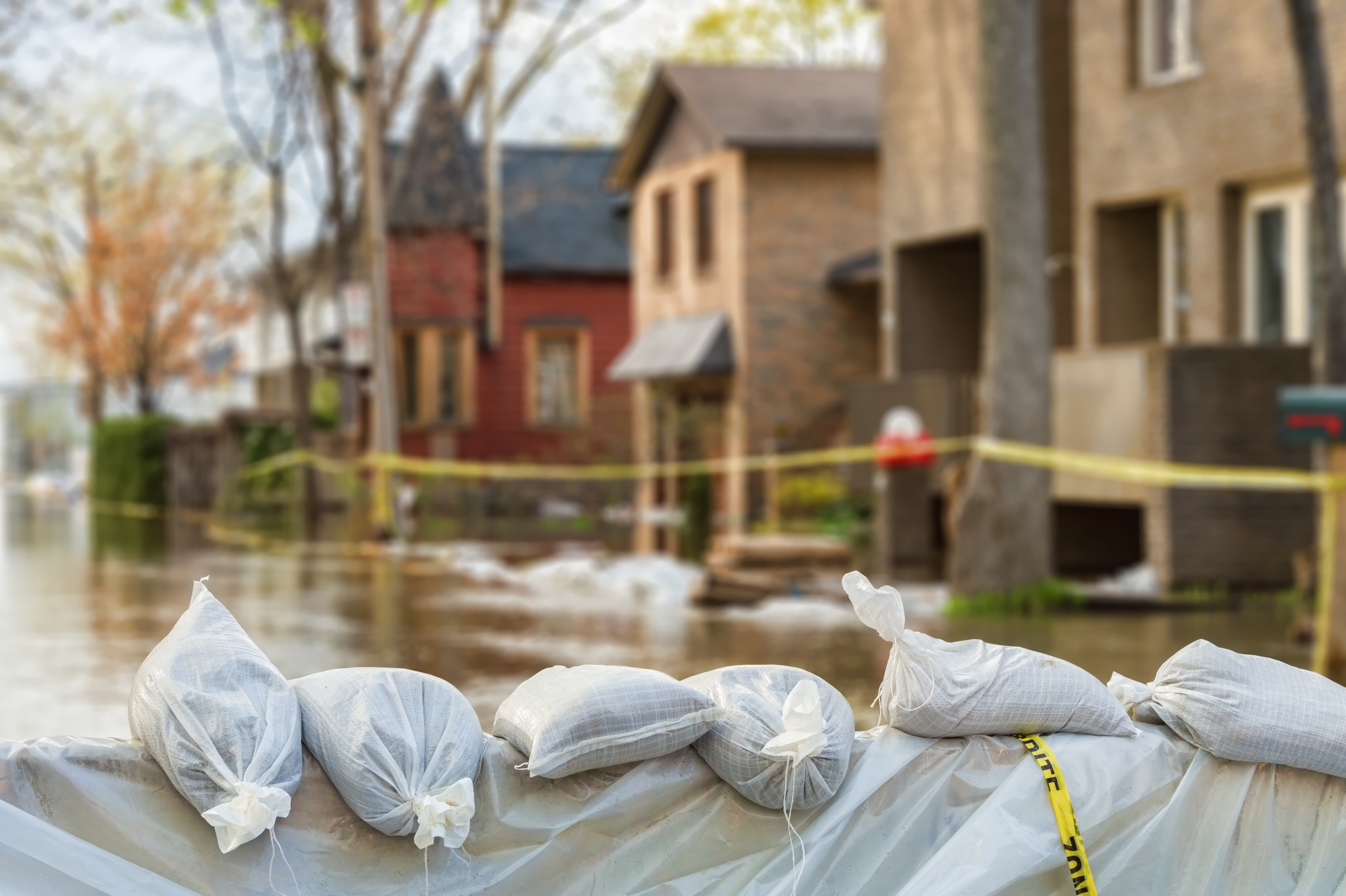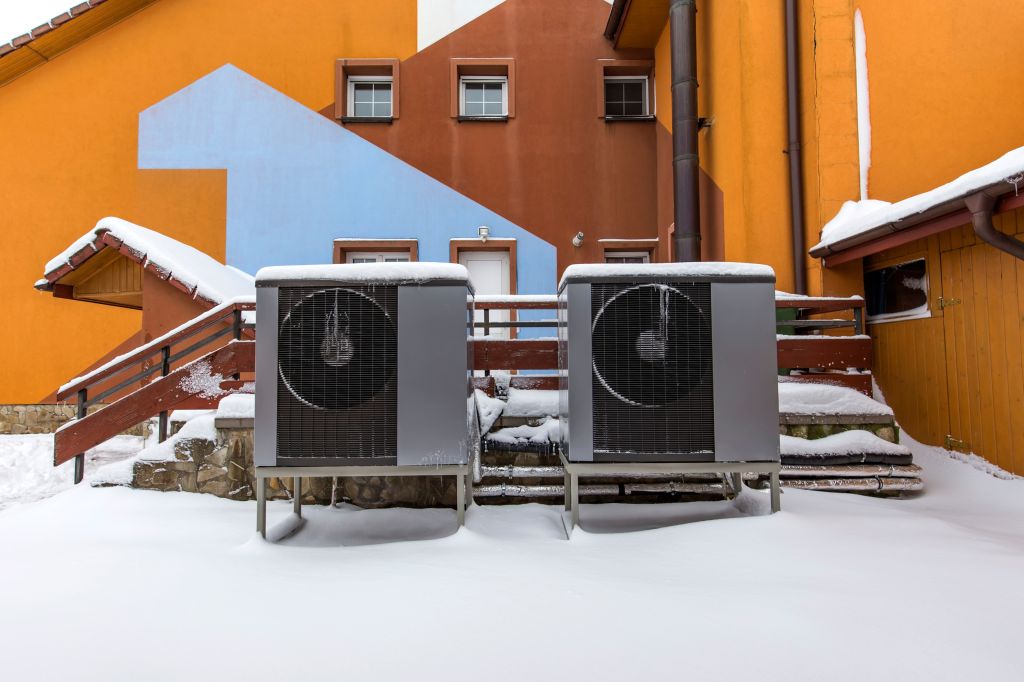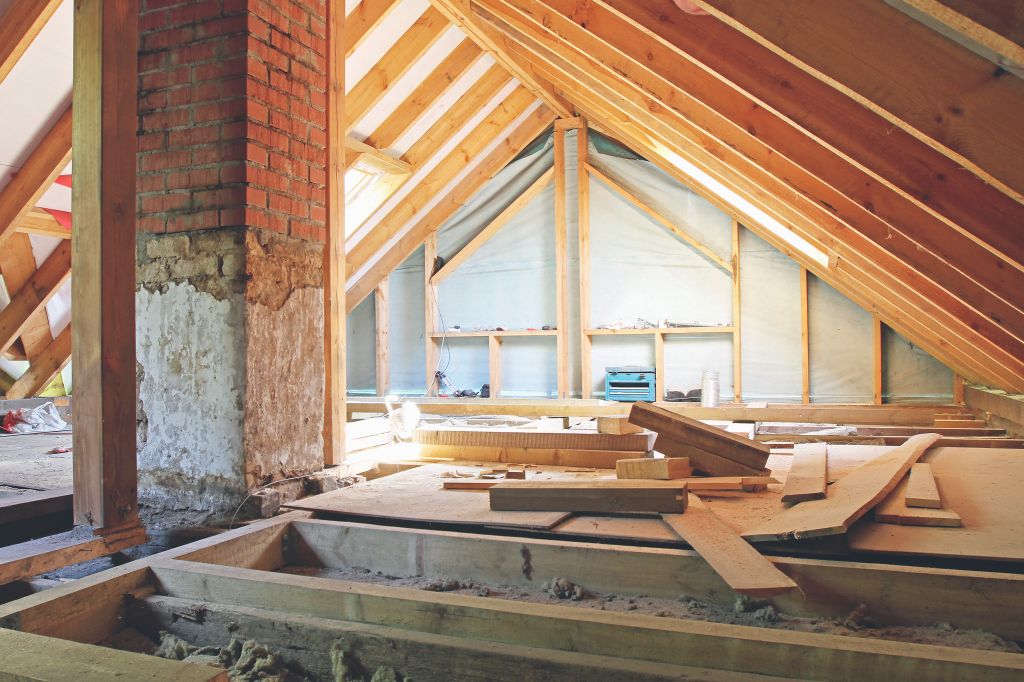Published November 10, 2023 • 5 Min Read
Flood prevention is one of the most important (and often overlooked) climate resiliency measures for Canadian homeowners. Torrential rains test the infrastructure of your home and threaten to damage your basement — and due to climate change, these extreme weather events are becoming more frequent.
Should the forecast call for such severe rainfall, a little preparation can go a long way toward protecting your home and possessions.
Keep your roof and gutters clean
Flood protection starts from the top! Checking your eavestroughs and gutters for debris regularly is a great way to prevent flood damage. Gutter gunk builds up quickly, and it can prevent the safe flow of rainwater. In the winter months, make sure you clear out the ice dams and icicles as well.
It’s a good idea to set up a rain barrel to catch runoff water. Make sure that your downspouts are extended at least 2 meters away from your house to make sure the rainwater stays far from the foundation.
Identify and seal cracks in your foundation
Stormwater is a pretty tenacious force. If there are any cracks or holes in your foundations, the water is probably going to find and expose it. Waterproofing your home means identifying and sealing these weaknesses.
For smaller cracks and holes, you can use caulk to cover it up. Larger cracks might require hydraulic cement — if you aren’t comfortable doing this on your own, you can always call in a professional. It’s best to do a thorough scan of your home for these cracks every spring or summer to prepare for harsh rain and snow.
Install a sump pump
Sump pumps are a great way to control basement moisture and protect your home and foundation in the event of a leak. Think of it as a last line of defence — if your basement does start to leak, you can have some peace of mind knowing your sump pump is collecting that rainwater and draining it away outdoors.
This is another task that can be done yourself or by a professional. If you’ll be installing the pump yourself, be sure to turn off the power beforehand and use a dedicated electrical circuit to ensure your safety. Once the pump is installed, you can invest in a sump pump alarm that warns you when water in your pump is reaching dangerous levels.You may also consider installing a back-up battery-powered sump pump or generator that will work in the event of a power outage.
Read more: Visit our rebates guide to learn more about government grants and loans for climate resiliency measures in your province.
Maintain proper grading
Flooding is less likely when the ground around your home slopes away from the walls, as it will direct the water out of your basement. You can take a quick walk around the perimeter and look for any areas where the ground may be sloping towards the foundation — you can use a shovel to add or adjust the soil to restore proper grading.
Be sure to check the grading again after heavy rains, and make adjustments as needed. Soil can settle over time, so it may be necessary to periodically add more soil and regrade.
Stay informed
Prevent any unwanted surprises by being a step ahead of incoming storms. Regularly check local weather forecasts through trusted sources like the National Weather Service, weather apps, or websites. These platforms provide real-time information on rainfall, storms, and other weather events that could increase the risk of basement flooding.
It’s also a good idea to sign up for emergency alerts and notifications in your area. Many communities have alert systems that send out warnings for severe weather conditions, including flooding. These alerts can be delivered through text messages, emails, or mobile apps. Keep a list of emergency contacts handy as well, including local authorities, flood response teams, and insurance providers.
Take action ahead of a storm
When you know a storm is coming, there are a few pre-emptive measures you can take right before it hits to gain some peace of mind. If you have a sump pump installed, make sure it is up and running properly. Be sure to keep your valuables elevated and away from any potential water flow, and if flooding occurs, you can use sandbags or temporary flood barriers to redirect water away from your basement.
To ensure your safety, it’s important to turn off electrical and gas utilities in your basement to prevent electrical hazards and gas leaks. Make sure you have an emergency power source and can locate essentials like a flashlight and first-aid kit. Lastly, you should have an evacuation plan in place and stay tuned to weather alerts for guidance on when to evacuate.
Read more: Ten ways to prevent water damage to your home for more information on flood-proofing your home.
This article is intended as general information only and is not to be relied upon as constituting legal, financial or other professional advice. A professional advisor should be consulted regarding your specific situation. Information presented is believed to be factual and up-to-date but we do not guarantee its accuracy and it should not be regarded as a complete analysis of the subjects discussed. All expressions of opinion reflect the judgment of the authors as of the date of publication and are subject to change. No endorsement of any third parties or their advice, opinions, information, products or services is expressly given or implied by Royal Bank of Canada or any of its affiliates.
Share This Article






